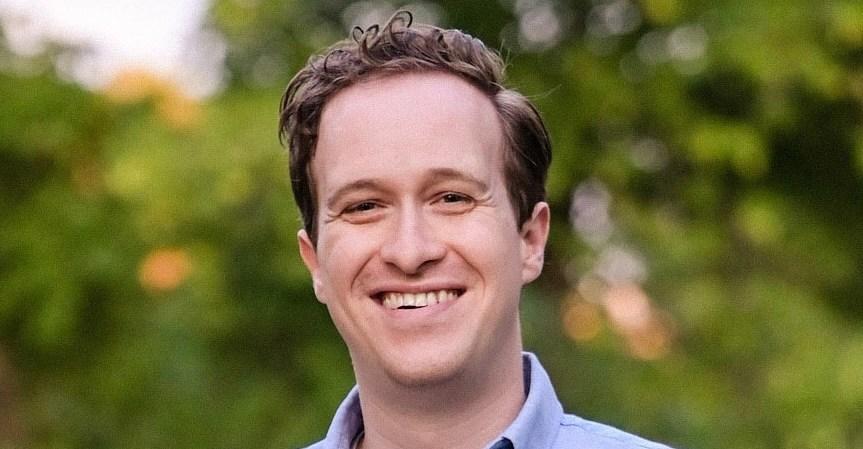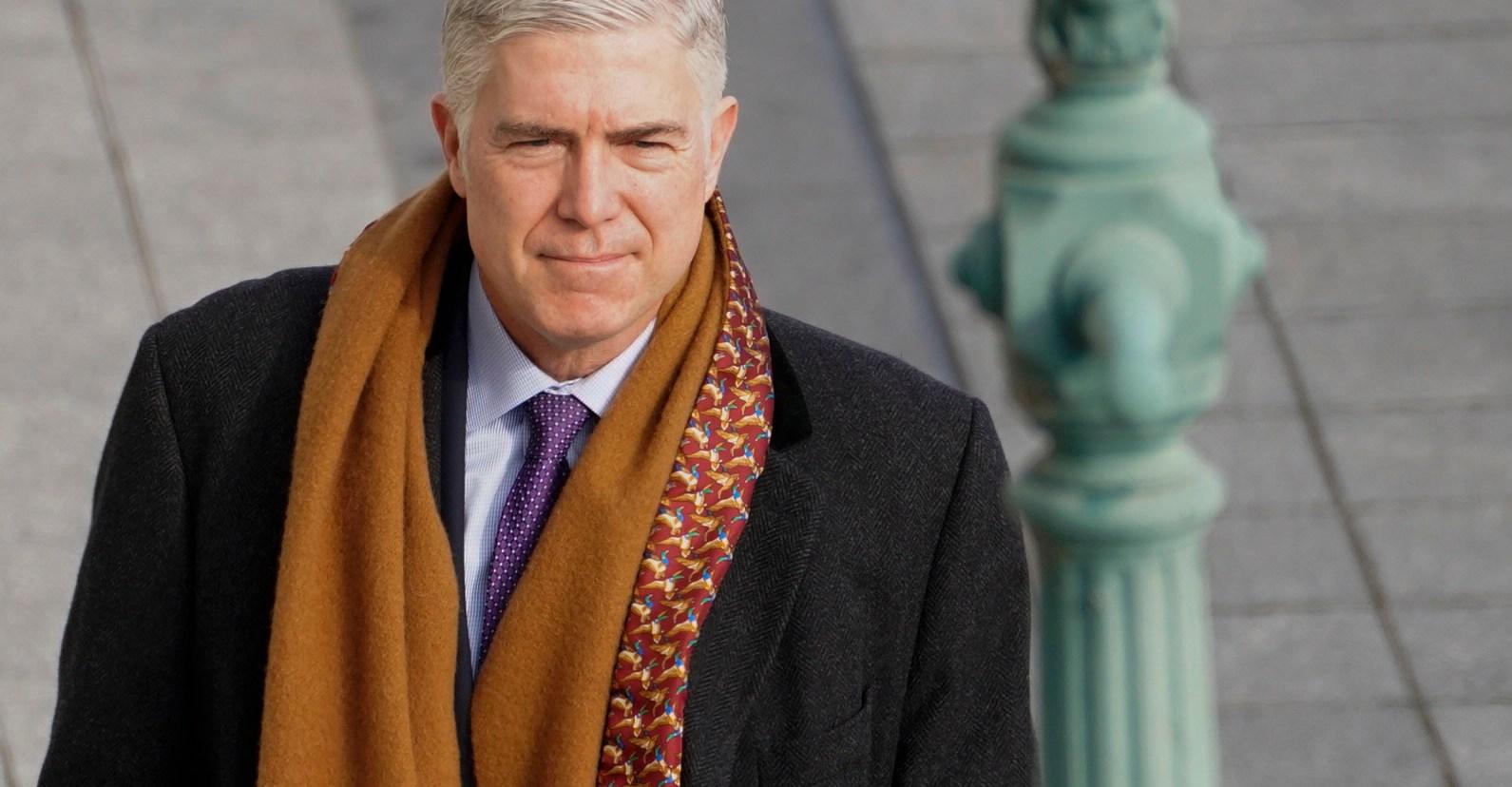Technology
- Home
- Technology
- News
How The New York Times is (still) getting gamed by the right
Lately, it has been difficult to ignore a tendency at The New York Times to make astonishingly bad news judgments. The paper's obsession with a view from nowhere is long-standing, but as Republicans increasingly circulate insane conspiracy theories and racist…

Published 5 ماہ قبل on جولائی 11 2025، 5:00 صبح
By Web Desk

Lately, it has been difficult to ignore a tendency at The New York Times to make astonishingly bad news judgments. The paper’s obsession with a view from nowhere is long-standing, but as Republicans increasingly circulate insane conspiracy theories and racist nonsense, the cult of centrism has taken a self-destructive turn.
The most recent — and perhaps most egregious — way this has surfaced is a story about New York mayoral candidate Zohran Mamdani’s application to Columbia University in 2009, when he was a high school senior. Mamdani, who was born in Uganda and is of South Asian descent, identified himself as “Asian” and “Black or African American” on the checklist provided by the application. “Most college applications don’t have a box for Indian-Ugandans, so I checked multiple boxes trying to capture the fullness of my background,” Mamdani told the Times.
It is an odd story. (Mamdani didn’t even go to Columbia, for one.) You can imagine a different way of framing the story — a thumbsucker about identity with the headline “What does it mean to be a Ugandan Indian?” But the Times’ racist framing, which implies Mamdani was trying to game the admissions system, is one that plays better with the increasingly racist right-wing ecosystem.
The New York Times declined to comment on the story’s framing. Instead, spokesperson Danielle Rhoades Ha sent the following statement:
> Reporters receive tips from people with biases and bad motives all the time, but we only publish such information after we’ve independently verified it, confirmed it, done our own reporting on it and judged it to be newsworthy. In this case, Mr. Mamdani himself confirmed the information. And, the information was valuable to the public in that it helped readers get a better understanding of the candidate.
That’s a reference to the sourcing of this story: hacked materials from Columbia. Typically, when the source of a story is a hacked document, it is best practice to identify what goals the hacker may have in passing the document along. The Times itself previously reported the hack was “politically motivated” and as it happened, “a smiling image of President Trump appeared on some computer screens at the university.” The alleged hacker told Bloomberg that their goal was “to acquire information about university applications that would suggest a continuation of affirmative action policies in Columbia’s admissions, following a 2023 Supreme Court decision that effectively barred the practice.” No acknowledgement of either of these things appears in the Mamdani story that emerged from the hacked materials. The New York Times declined to comment on why it didn’t follow best practices.
The materials were provided by a source the Times identifies as “Crémieux” — “an academic who opposes affirmative action and writes often about I.Q. and race.” The name Crémieux rang alarm bells for me, as a reference to Adolphe Crémieux, a French politician who notably excluded Muslims from French citizenship. Would it surprise you to hear that Mamdani is Muslim?
The Substacker “Crémieux” has already been identified by name: Jordan Lasker, a prominent internet eugenicist. As for the Times’ description of him as an academic, that may be a stretch. Lasker is the co-author of two papers so racist that they played a role in getting another co-author fired. In one paper, he is listed as affiliated with the University of Minnesota, though he does not appear on the department page — or any version of it archived since 2016, according to The Chronicle of Higher Education. On another paper, Lasker’s affiliation is Texas Tech — where he at least had an email address. Whether this counts as being “an academic” is left as an exercise for the reader.
Now, a normal journalistic outfit might find this kind of thing embarrassing, especially so when other reporters — such as Liam Scott at the Columbia Journalism Review, Tom Scocca, and Margaret Sullivan, a former public editor for The New York Times itself — sit up and take notice. There’s much more attention on the sourcing of the story than the story itself. But Patrick Healy, the Times’ assistant managing editor for standards and trust, defended the story on X, saying, “On sourcing, we work to give readers context, including in this case the initial source’s online alias, as a way to learn more about the person, who was effectively an intermediary.” Curiously, that context did not include linking the Guardian story that identified Lasker. The New York Times declined to comment on why Lasker was not identified by name, or how it defines “an academic.”
Healy, who’s worked at the Times since 2005, has a fascinating track record with judging newsworthiness. There’s his bizarre fixation on Bill and Hillary Clinton’s marriage (resulting in a column from the now-defunct public editor desk at the Times that found, among other things, that parts of Healy’s story belonged in “the trash can”); his sexist focus on Hillary Clinton’s laugh; and his frankly misleading (and heavily rewritten) coverage of Donald Trump’s “audacious attempt” to “remake his image” on immigration. Perhaps most notably, Healy was, as a reporter, one of the driving forces in the “but her emails” nothingburger in the Times’ 2016 election coverage, a news cycle so pointless and destructive that it had newsrooms everywhere rethinking ethics around hacked and leaked sourcing (but not, apparently, Mamdani’s hacked and leaked college application). More recently, longtime columnist Paul Krugman blamed Healy for his departure from the paper, complaining that “Patrick often—not always—rewrote crucial passages” resulting in Krugman saying he was “putting more work—certainly more emotional energy—into repairing the damage from his editing than I put into writing the original draft.”
Under Healy, the Times’ politics desk had some difficulty correctly identifying right-wing sources. For instance, the “Trump voter” in this article’s lead anecdote, Gina Anders, was a board member of a PAC that “seeks to defend Confederate statues & nullify the ACA [Affordable Care Act],” according to Congressman Ted Lieu. In another article about Atlanta-area “surburbanites” who are “sticking with Trump,” two of the four voters interviewed were misleadingly identified; one was a Republican consultant and the other was the chair of “the state’s branch of the Republican National Lawyers Association,” who was also appointed to Republican governor Brian Kemp’s election security task force.
But the problem isn’t limited to Healy or the people he supervises. The Times is committed to a specific kind of journalistic kayfabe, specifically “objective” journalism, a relatively recent phenomenon born out of the wake of newspaper consolidation that began in the 1950s. It is best understood as a marketing practice. Partisan papers that had been combined for economic reasons had to come up with a way to feel neutral, so as to keep subscribers. The result is sometimes referred to as “both sides” journalism — a false balance between the left and the right so as to avoid the appearance of bias. The New York Times declined to comment on how the increasingly weird right-wing ecosystem affects “objective” journalism.
To look “objective,” then, the Times must occasionally run stories that will irritate liberals and leftists. There’s one problem: as the right wing has gotten increasingly detached from reality, the stories that appeal to right-wingers have been journalistic disasters, the kind that seriously discredit the Times on other issues. The Mamdani story is just one example; the paper’s coverage of Claudine Gay is yet another.
Gay, then the president of Harvard, was accused of plagiarism. (An early university review found that she had cited some sources improperly but wasn’t engaged in “serious wrongdoing,” according to The Harvard Crimson.) The Times published a live blog of the story, as well as at least five front-page stories about Gay. It is unusual for the paper to go so hard on academic misconduct, particularly since an earlier story about Stanford President Marc Tessier-Lavigne — accused of research fraud, and forced to retract or correct five papers after a Stanford-sponsored investigation found “manipulation of research data” — did not receive the same amount of play. “The report concluded there was no evidence that Tessier-Lavigne himself manipulated data in the papers reviewed,” The Stanford Daily reported. However, it occurred repeatedly at labs he ran.
Why did the Gay story get so much more play than the Tessier-Lavigne story? The Gay story was a cause celebre of the right; Tessier-Lavigne, a leader of another top-tier institution who was accused of serious misconduct, and who was also found to have failed on at least four occasions to “decisively and forthrightly correct mistakes in the scientific record,” was not. Christopher Rufo, a right-wing activist who first published the plagiarism allegations, is maybe best known for ginning up a culture war against “critical race theory,” his umbrella term for the anti-racism movement. (Perhaps you might say he is an anti-anti-racist activist.) Tessier-Lavigne is a white man. Gay is a black woman.
Rufo would later take credit for Gay’s ouster, telling Politico that the story was a roadmap for “how we have to work the media.” On Sunday, Semafor reported that The New York Times hurried to publish the Mamdani story because “it did not want to be scooped by the independent journalist Christopher Rufo.”
Imagine elevating Rufo into competition worth worrying about! But that’s where the Times is at. Again and again, when the Times attempts its false balance — trying to make Republicans sound less unhinged than they actually are — it results in bad journalism. It is the same problem social media platforms have encountered in moderation: removing misinformation and deplatforming bad actors means removing and deplatforming more Republicans. Eventually, using the excuse of “fairness,” social media companies gave up.
Similarly, the Times is seeking the approval of people who are never going to love them. The right-wing activists on X and Substack will never view the Times as an ally — only a force to be manipulated, at best, and an enemy at worst. The Times itself is as much a victim of algorithmic bias as everyone it looks down on; trying to be “objective” means skewing further and further right, with disastrous results. An average Reddit mod has a better grasp of how this works than any Times editor.
The result is that “objectivity” is working to actively undermine the Times’ journalistic apparatus. In some respects, it seems like the Times gets panicky about truth. Not a great look for a newspaper, and not the kind of thing that gives one confidence about its reporting on such issues as Gaza and transgender health. Succumbing to one right-wing moral panic could be regarded as a misfortune; repeatedly falling for the same playbook starts to look like something much worse than carelessness.
The Times has a long and well-documented history of being unable to reckon with its flaws. Every journalistic institution will make mistakes, because journalists are people. The trick is not to repeat them. But as long as looking balanced matters more than baseline reality, the Times will continue its shoddy reporting on right-wing issues. Healy is setting the standards, because if someone else set them, they might be too high.
Healy didn’t promote himself into the standards position. Joe Kahn, The New York Times’ executive editor, praised both the story and Healy’s defense of it, according to Marisa Kabas, an actual independent journalist whose scoops the Times has not credited. “Multiple top editors” greenlit the Mamdani story, according to Semafor. The false balance problems at The New York Times come from the very top. It is not the only major paper that’s torching its reputation; Jeff Bezos has undermined the authority of The Washington Post to a genuinely stunning degree. But the trouble at the Times is a considerably more dismal sight to behold. This is not an owner kneecapping an independent newsroom. Instead, the Times is enthusiastically destroying its credibility all by itself.
Correction, July 8th: An earlier version of this story mischaracterized the Stanford-sponsored report on Tessier-Lavigne. The report found no evidence that Tessier-Lavigne had engaged in data manipulation, though he “has not been able to provide an adequate explanation” for why he did not correct the errors.

OpenAI says it’s disabled ad-like app promotions in ChatGPT
- 15 hours ago

Betting scandals broke sports. Could prediction markets do the same to politics?
- 13 hours ago
Trump says to make phone call to stop Thai-Cambodia fighting
- 4 hours ago

Another milestone: PSX surpasses 170,000 points
- 4 hours ago
Trump says to make phone call to stop Thai-Cambodia fighting
- 4 hours ago

Traditional gender roles won’t get men what they want
- 13 hours ago

Skateboarding is better in hell
- 15 hours ago

How the Supreme Court is using Trump to grab more power for itself
- 13 hours ago
Shah Mahmood Qureshi discharged from hospital, shifted to jail
- 4 hours ago

Manafaingana ny famonjenan’ireo tanalahy mampalaza an’i Madagasikara ireo manam-pahaizana satria efa mitatao ny afo.
- 13 hours ago

Analogue is restocking its 4K N64 and making it more colorful
- 15 hours ago

Genki’s colorful, powerful power strip is 25 percent off
- 15 hours ago
You May Like
Trending







